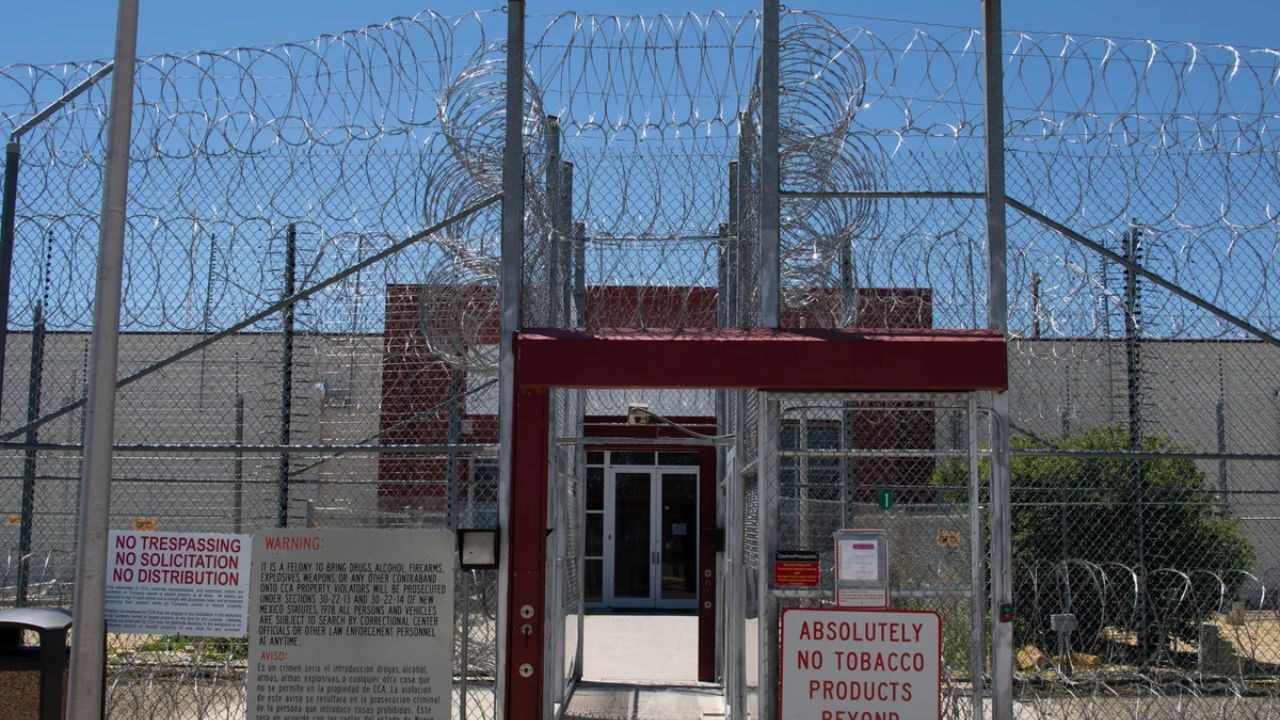Every year, millions of Americans who receive Social Security benefits look forward to the Cost-of-Living Adjustment (COLA).
This adjustment helps protect retirees and disabled beneficiaries from the rising cost of goods and services by increasing their monthly payments.
For 2026, early estimates suggest a COLA of about 2.6%. But many are asking: Will this be enough to cover the increasing costs they face daily?
What is Social Security COLA?
The Social Security COLA is an annual increase in Social Security benefits designed to keep up with inflation. Inflation means the general rise in prices over time, so when the cost of things like food, gas, and healthcare go up, COLA helps Social Security recipients keep pace so their buying power doesn’t shrink.
The Social Security Administration (SSA) calculates COLA based on the Consumer Price Index for Urban Wage Earners and Clerical Workers (CPI-W).
They compare the average price level from the third quarter (July, August, September) of the current year to the third quarter of the previous year. If prices rise, benefits increase.
Why the 2.6% Estimate for 2026?
The 2.6% estimate comes from recent inflation data trends. Inflation rates have been volatile in recent years due to supply chain issues, energy prices, and other economic factors. The inflation numbers used to predict COLA have slowed compared to the spikes seen in 2022 and 2023.
While last year’s COLA was a record-high 8.7%, reflecting very high inflation, economists and government analysts expect inflation to ease next year. A 2.6% increase in benefits reflects this more moderate inflation forecast.
Will 2.6% Be Enough?
This is the big question many beneficiaries ask every year. While 2.6% is better than no increase, many experts worry it may not be enough to cover the actual rise in costs for Social Security recipients.
Rising Costs of Essentials
- Healthcare Costs: Medical expenses have been rising faster than average inflation for many years. Since Social Security benefits are a major income source for older Americans who usually face high medical bills, a 2.6% increase may not cover these costs adequately.
- Housing and Utilities: Rent and utility costs have also seen steady increases, especially in many cities. For those on fixed incomes, even a small increase in housing costs can have a big impact.
- Food and Transportation: Prices of groceries and fuel often fluctuate, sometimes faster than the general inflation rate. For people relying on Social Security, small price jumps can mean cutting back on essentials.
What Beneficiaries Say?
Many Social Security recipients have shared their concerns that even with a COLA increase, they struggle to keep up with monthly bills. Some depend entirely on Social Security and do not have other sources of income or savings. For them, every cent counts.
A 2.6% increase on an average Social Security payment of around $1,800 per month translates to about $47 more monthly before taxes. While helpful, this may not cover a big hike in one area, like medical expenses or rent.
How Does This Compare to Past Years?
The 2.6% estimate for 2026 is lower than the last couple of years but closer to the average of past decades. For example:
- Between 2010 and 2020, COLA averaged about 1.7% per year.
- The 8.7% increase in 2023 was the highest since 1982, caused by high inflation.
- A 2.6% increase is a moderate adjustment and could feel tight for many people given current economic pressures.
What Factors Could Change the Final COLA?

The actual COLA for 2026 won’t be announced until October 2025, after all inflation data for the third quarter is analyzed. Here are some factors that could change it:
- Unexpected Inflation Surges: If inflation picks up sharply in the months leading to the third quarter, the COLA could rise.
- Energy Prices: Gas and electricity prices can strongly influence inflation rates.
- Government Policies: Any new economic policies affecting prices or subsidies could impact inflation measurements.
- Global Events: Supply chain disruptions, wars, or global crises can push prices higher quickly.
What Can Social Security Recipients Do?
If the COLA does turn out to be 2.6%, here are some tips for beneficiaries:
- Budget Carefully: Prioritize essentials like food, healthcare, and housing.
- Seek Assistance Programs: There are federal and state programs to help with energy bills, food costs, and healthcare.
- Explore Supplemental Income: Part-time work, freelancing, or side gigs may help some increase their income.
- Plan for Healthcare: Look into Medicare plans carefully to find the best coverage and costs.
- Financial Advice: Consult a financial advisor to manage savings and benefits effectively.
How Does Social Security COLA Affect the Economy?
COLA increases help millions of Americans maintain purchasing power, which supports the economy by keeping demand steady for goods and services. When beneficiaries can pay for necessities, it supports businesses and jobs.
However, large COLA increases can also raise government spending. The Social Security Trust Fund pays these benefits, and higher payments mean more money flowing out. This has raised concerns about long-term funding for Social Security.
Conclusion: Watching Closely for 2026
The estimated 2.6% Social Security COLA for 2026 is a sign that inflation is slowing, which is good news in some ways. But for many recipients, especially those with high medical bills or housing costs, this increase may feel tight.
The official number will come in October 2025, and it’s important to watch how inflation trends develop over the year. Meanwhile, Social Security beneficiaries should plan their budgets carefully and explore all available support options.






